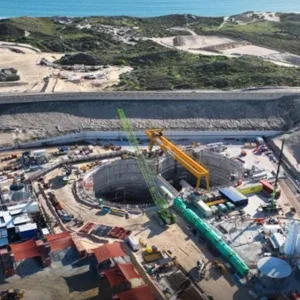The project’s new cost estimate is USD 1.56bn, up from the earlier USD 1.25bn estimate that did not include any cost to address the location of freight rail in the corridor. In 2011, the Federal Transit Administration directed the Metropolitan Council to study options to keep freight rail in the LRT route through the Kenilworth neighborhood of Minneapolis in addition to studying how to reroute freight trains to St. Louis Park, adding the cost of dealing with freight rail to the LRT project.
"This really became two projects in one: build a light rail line and include the cost of any freight rail adjustments," said Mark Fuhrmann, who leads LRT project development for the Metropolitan Council. "With the recommendation to put light rail in shallow tunnels, no homes or businesses will be acquired, and the Kenilworth Trail will stay within the corridor and be preserved for the long term."
Had staff recommended relocating freight trains to St. Louis Park, tunnels would not be needed for light rail in Kenilworth because there would be enough space to build LRT tracks at ground level.
³But that would mean 220-plus LRT trains operating daily through Kenilworth, a significant visual impact that is largely avoided with shallow tunnels,’ Fuhrmann said. "It is 20 seconds per train that light rail trains would be aboveground between the two tunnels." A Council planning committee voted down a deep bore tunnel alternative for the corridor in early September.
The line will operate from downtown Minneapolis through the southwestern suburban cities of St. Louis Park, Hopkins, Minnetonka, and Eden Prairie, passing in close proximity to the City of Edina. The proposed alignment is primarily at-grade and includes 17 new stations and approximately 15.8-miles of double track.
If approved by the Council, project staffers plan to submit LRT plans in mid-October to the five cities and Hennepin County for municipal consent by late 2013. Design engineering is scheduled to finish in 2014 with initial construction beginning in 2015.







